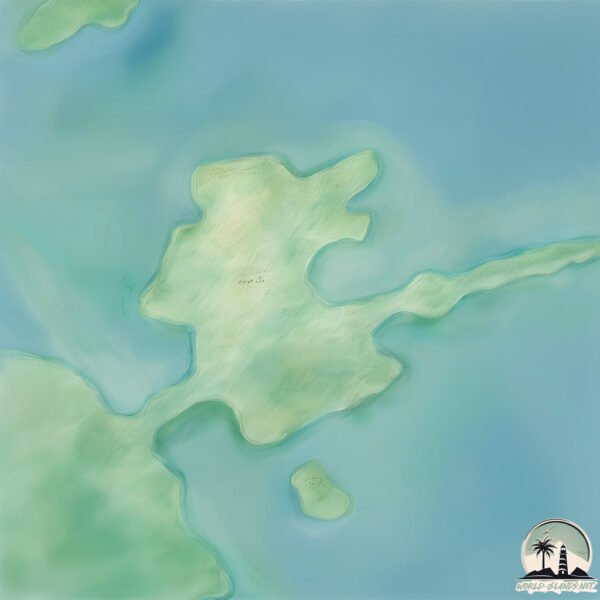Ma Wan

Welcome to Ma Wan, a Temperate island in the South China Sea, part of the majestic Pacific Ocean. This guide offers a comprehensive overview of what makes Ma Wan unique – from its geography and climate to its population, infrastructure, and beyond. Dive into the details:
- Geography and Size: Explore the island’s size and location.
- Climate and Weather: Weather patterns and temperature.
- Topography and Nature: Uncover the natural wonders of the island.
- Infrastructure and Travelling: Insights on reaching, staying, and making the most of your visit.
- News and Headlines: Latest News.
Geography and size of Ma Wan
Size: 1.168 km²
Coastline: 6.8 km
Ocean: Pacific Ocean
Sea: South China Sea
Continent: Asia
Ma Wan is a Small Island spanning 1.2 km² with a coastline of 6.8 km.
Archipel: –
Tectonic Plate: Yangtze – A minor tectonic plate in East Asia, often considered a part of the Eurasian Plate. It’s primarily continental and covers the Yangtze River area in China, playing a significant role in the region’s geological stability.
The geographic heart of the island is pinpointed at these coordinates:
Latitude: 22.34933498 / Longitude: 114.06053806
Climate and weather of Ma Wan
Climate Zone: Temperate
Climate Details: Monsoon-Influenced Humid Subtropical Climate
Temperature: Hot Summer
Climate Characteristics: Known for hot, humid summers with significant monsoon rains, contrasted by mild, drier winters.
Topography and nature of Ma Wan
Timezone: UTC+08:00
Timezone places: Australia/Perth
Max. Elevation: 11 m
Mean Elevation: 8 m
Vegetation: Evergreen Broadleaf Forest
Tree Coverage: 11%
The mean elevation is 8 m. The highest elevation on the island reaches approximately 11 meters above sea level. The island is characterized by Plains: Flat, low-lying lands characterized by a maximum elevation of up to 200 meters. On islands, plains are typically coastal lowlands or central flat areas.
Dominating Vegetation: Evergreen Broadleaf Forest
Characterized by dense, lush canopies of broadleaf trees that retain their leaves year-round. These forests are typically found in tropical and subtropical regions and are known for their high biodiversity. Ma Wan has a tree cover of 11 %.
Vegetation: 3 vegetation zones – Moderately Diverse Island
These islands start to show a broader range of ecological niches. With three vegetation zones, they may offer a mix of ecosystems like coastal areas, inland woods, and perhaps a distinct wetland or dry area. This diversity supports a wider range of flora and fauna, making these islands more ecologically complex than those with minimal diversity.
Infrastructure and Travelling to Ma Wan
Does the island have a public airport? no.
There is no public and scheduled airport on Ma Wan. The nearest airport is Shun Tak Heliport, located 11 km away.
Does the island have a major port? no.
There are no major ports on Ma Wan. The closest major port is HONG KONG, approximately 17 km away.
The mean population of Ma Wan is 1265 per km². Ma Wan is Densely Populated. The island belongs to China.
Continuing your journey, Lantau Island is the next notable island, situated merely km away.
Exploring Ma Wan (馬灣) | Park Island | Hong Kong | [4K]
![Exploring Ma Wan (馬灣) | Park Island | Hong Kong | [4K]](https://i.ytimg.com/vi/MmkqA5Z4gu8/mqdefault.jpg)


China is classified as Emerging region: BRIC: Brazil, Russia, India, and China – Economies noted for their rapid growth and increasing influence on global affairs. The level of income is Upper middle income.
News – Latest Updates and Headlines from Ma Wan
Stay informed with the most recent news and important headlines from Ma Wan. Here’s a roundup of the latest developments.
Please note: The data used here has been primarily extracted from satellite readings. Deviations from exact values may occur, particularly regarding the height of elevations and population density. Land area and coastline measurements refer to average values at mean high tide.
